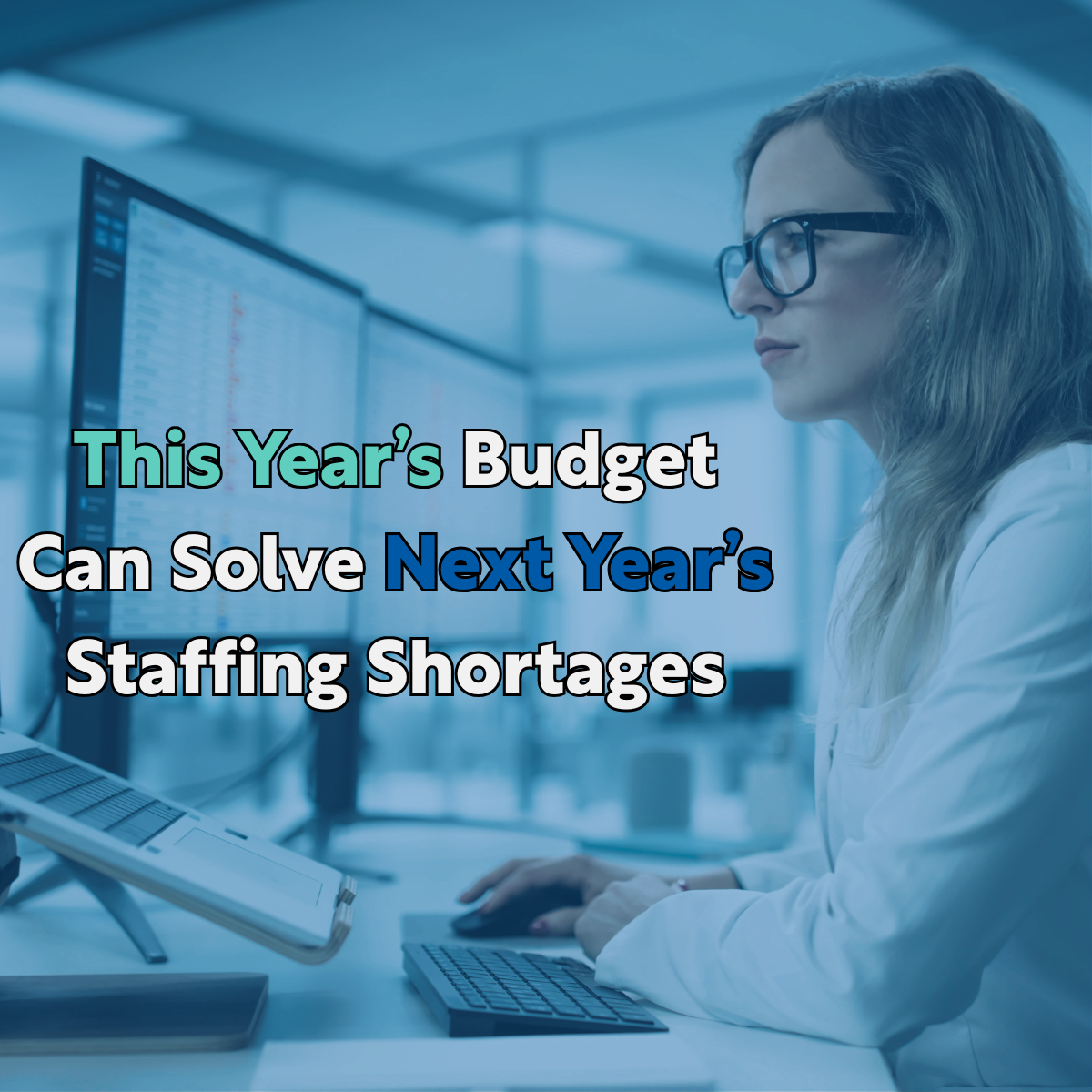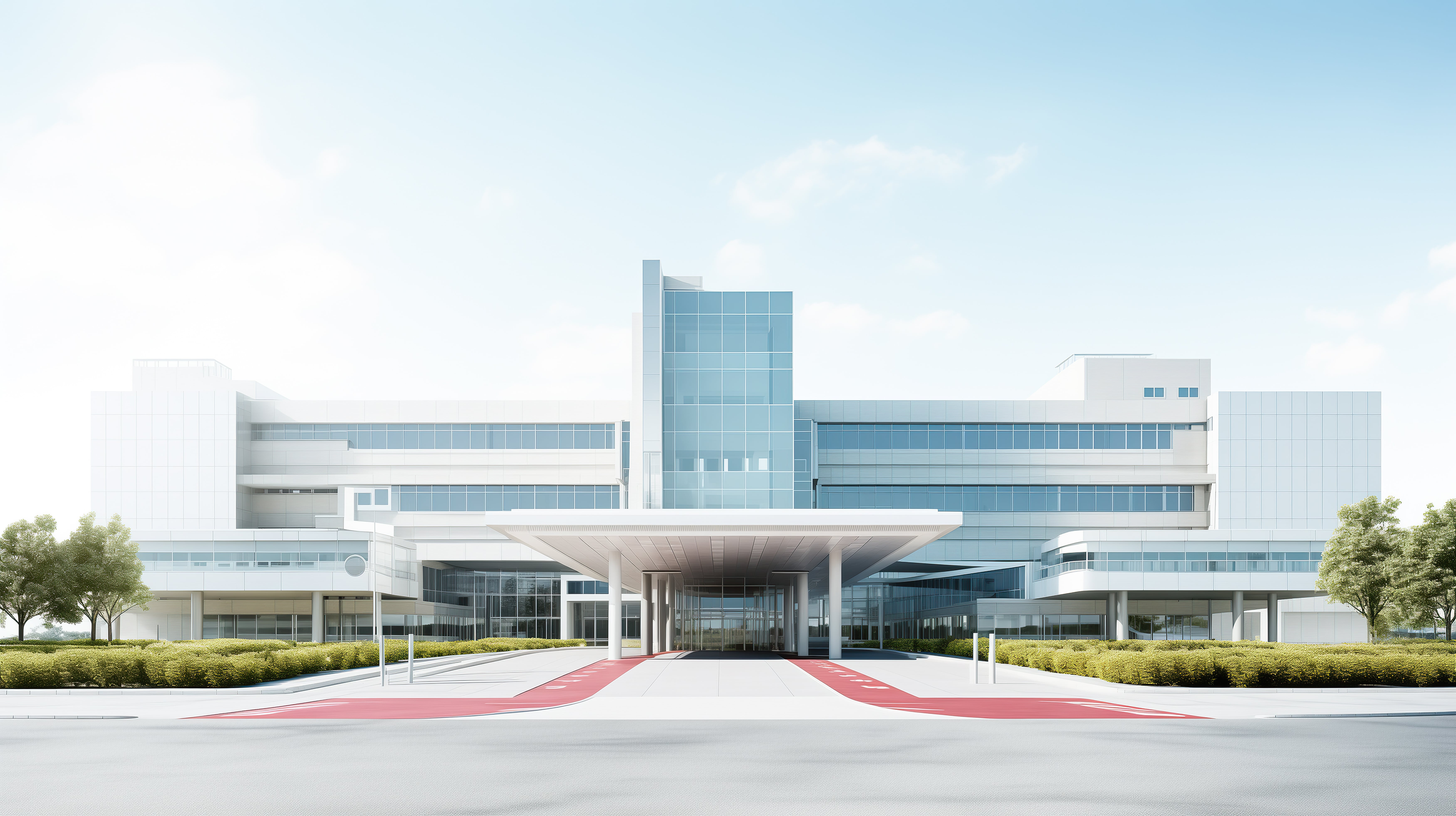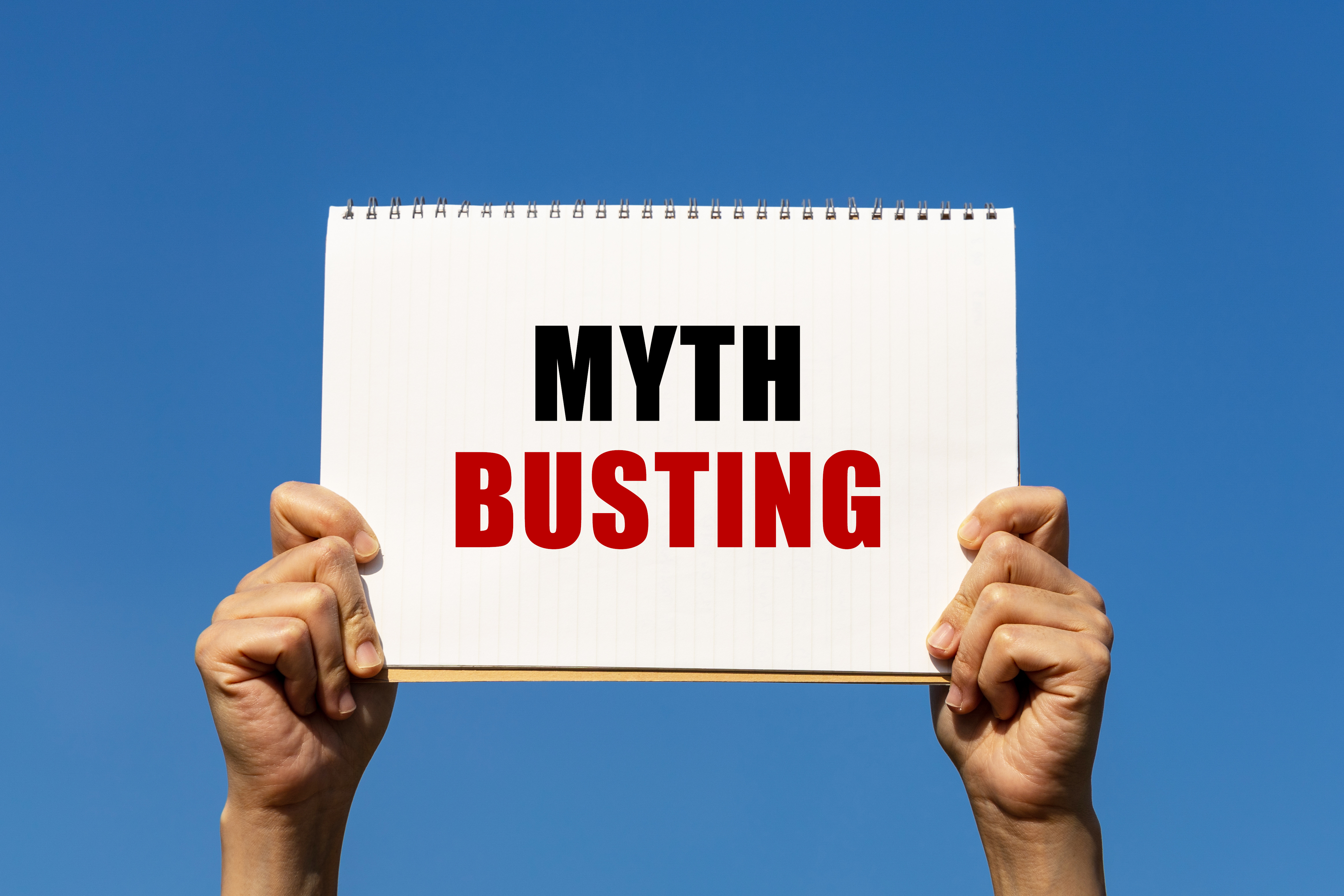Hospital budgets face increasing pressure as traditional disinfection methods consume valuable time and resources. Medical professionals spend countless hours on lengthy reprocessing procedures, creating bottlenecks that impact patient care and operational efficiency. UV-C disinfection technology offers a transformative approach, dramatically reducing processing times whilst maintaining the highest safety standards. This advancement enables healthcare facilities to optimise workflows, increase equipment utilisation, and achieve significant cost savings through faster medical device reprocessing.
Current reprocessing challenges draining hospital resources
Traditional chemical disinfection methods create substantial operational burdens for healthcare facilities. These time-intensive processes often require multiple steps, extended contact times, and thorough rinsing procedures. Staff must dedicate considerable time to the manual disinfection processes, reducing their availability for direct patient care activities. For example, a report on the real time to reprocess endoscopes shows how current processes can take up to 76 minutes of hands-on contact time for disinfection.
Equipment turnover rates suffer significantly due to these lengthy procedures. Medical devices remain out of service for extended periods, forcing departments to maintain larger inventories to meet patient demand. This creates additional storage requirements and increases capital expenditure on equipment that sits idle during reprocessing cycles. Report from the ETZ hospital shows that the inventory needs due to a slow disinfection procedure can be up to 26% higher.
How does UV-C disinfection accelerate medical workflows?
UV-C technology eliminates up to 99.9999% of harmful pathogens, including viruses, bacteria, and spores, whilst dramatically reducing disinfection time compared to conventional chemical methods. This scientifically proven approach provides reliable pathogen elimination without the lengthy procedures associated with traditional disinfection.
The automated nature of UV-C disinfection eliminates manual intervention requirements, allowing staff to focus on patient care rather than monitoring disinfection processes. Medical professionals can initiate the disinfection cycle and immediately attend to other critical tasks, maximising productivity throughout their shifts.
UV Smart devices delivering measurable time savings
Our UV Smart D60 cabinet provides highly effective disinfection for ENT endoscopes and TEE probes in 60 seconds. This represents a significant improvement over traditional methods that require substantially longer processing times.
The UV Smart D25 delivers fast and highly effective disinfection of non-invasive medical devices, electronics, and other small equipment. Meanwhile, the UV Smart D45 provides automated high-level disinfection for ultrasound probes in 75 seconds.
Financial benefits of faster medical device reprocessing
Reduced turnaround times translate directly into increased equipment utilisation rates, allowing hospitals to serve more patients with existing device inventories. This improved efficiency reduces the need for additional equipment purchases and associated storage costs.
Staff labour costs decrease significantly as automated UV-C processes require minimal supervision compared to manual chemical disinfection procedures. A report from TU Delft shows how the implementation of the D60 can free up the time of 2.5 Full-Time Equivalent (FTE) per year, improving the time for patient care. The elimination of consumable expenses, such as chemical disinfectants and testing materials, provides ongoing cost savings whilst supporting environmental sustainability initiatives.
Enhanced patient throughput capacity results from faster equipment availability, enabling departments to schedule more procedures and reduce waiting times whilst maintaining the highest safety standards. Learn more about how your department can imrprove efficiency and benefit from fast reprocessing with UV-C disinfection.








.jpg)
